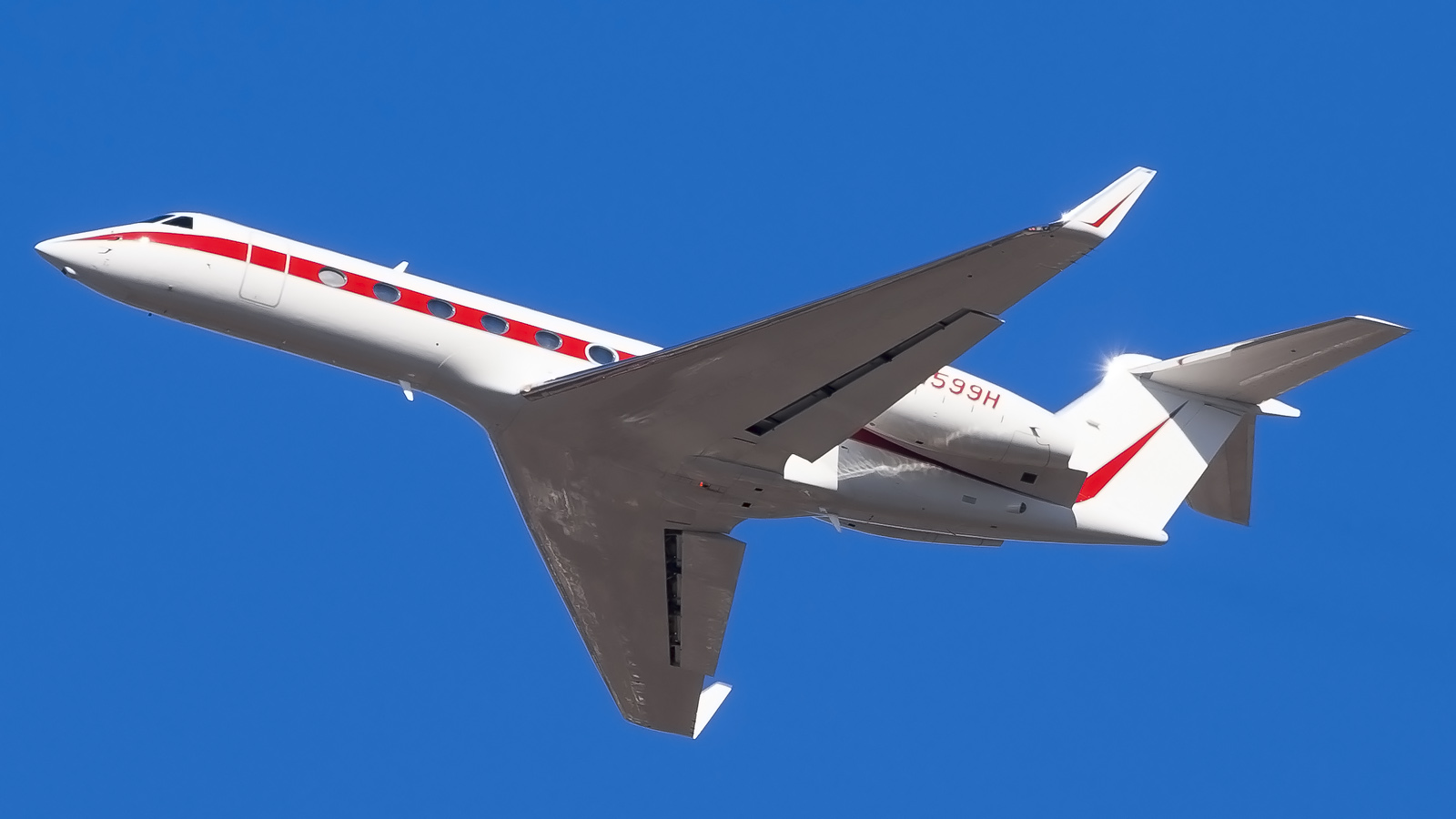Though demand for air travel has plummeted, the gap left by commercial flights has left an opening for private jets to meet the needs of travelling business leaders.
Even in a time of remote working and nationwide lockdown measures, travel remains essential for the world’s business leaders. This has shone a light on the value of private flights, which have not been forced to overcome the same economic hardship of commercial air travel and in many cases have remained available to address the needs of the C-suite even during the worst periods of the international health crisis.
To gain a better understanding of the current climate of high-end air travel, CEO Today heard from Nadya Krisko, business and general aviation lead, EMEAI, at Honeywell Aerospace on how the COVID-19 pandemic has changed the landscape of both business and commercial flights.
Nadya explained that the impact of the pandemic on general aviation has been, predictably, extreme. “In some months almost everything was grounded,” she said. “From a business jet perspective we also had a significant reduction in flight hours – probably the worst month was April.” While the use of business jets has picked up since the summer months, the downturn is likely to hold for the foreseeable future, Nadya continued: “We just released Honeywell’s 29th annual global business aviation outlook, where we are forecasting that we will have 20% less in-flight hours in business jet aviation in Q4 compared to Q4 in 2019.”
Despite this, however, business flights have seen significantly faster pickup compared to commercial aviation. This pickup has been affected in large part by the current spread of the COVID-19 pandemic and governments’ regulations to mitigate it. Switzerland, Turkey, Italy, Germany, Russia, Syria and the Czech Republic have all seen a bounce in private jet bookings, for instance, but the UK, France, Spain and Greece are seeing lower volumes. As with all things in 2020, things are likely to shift in the coming weeks and months, but these general trends have been observed up to October. While the future for commercial, public flights may yet be rocky, it is apparent that private flights have the more pandemic-resistant business model.
While the use of business jets has picked up since the summer months, the downturn is likely to hold for the foreseeable future
The difference in relative COVID-safety between the two forms of air travel should also be taken into account. Nadya commented on an especially interesting study into the exposure of passengers to COVID-19 depending on their method of travel. “If we are taking a regular passenger who is going to travel by commercial airline, there is an average 700 touch points exposing the passenger to the risk of getting any contagion,” she said. “And if we are comparing the same flight in a business jet, it is only 20 touch points for the same interaction.”
In addition to the vastly reduced number of opportunities for passengers to be infected, business jets are also able to offer a cleaner experience than commercial flights, though steps are being taken to resolve this. For instance, Honeywell are introducing new technology involving UV lights that will allow commercial airplane cabins to be cleaned faster than before.
The usual draws of business aviation also remain: private flights are reliably more comfortable and flexible, allowing passengers the freedom to choose when and from where they fly, with the added benefit of being able to set down in non-commercial airports. This is especially useful in areas where commercial flights are simply no longer operating due to a fall-off in demand, or where one has been cancelled at the last minute and an alternative has to be found.
For executives looking to book a business jet, Nadya had some advice to offer. “Definitely mention your time frame, when and where you need to be in exactly which towns or cities and how you can combine your travel,” she said. As business flights are not obligated to follow the same routes as commercial airlines, and therefore do not need to set down in major airports, passengers can take advantage of enhanced flexibility in their journeys. The integration of specialised hardware in jet cockpits, including larger displays and navigation sensors, ensure a safer flight to smaller airports that are seeing less traffic during the pandemic.
[ymal]
Further conveniences like the option of Wi-Fi can be invaluable for executives with a need to continue working while they travel. Business flights under Honeywell offer this and other services as part of an “Office in the Sky” package aimed at providing executive passengers with all the facilities of a ground-based office.
And perhaps most significantly, the opportunity for growth in business flights has been recognised by airlines, and most have not shelved their plans for expansion even during the COVID-19 pandemic. Honeywell expects to see 7,300 new business jet deliveries from 2021 until 2030, and 80% of the operators who spoke with the company confirmed that they do not intend to change their purchasing plans.
With all this taken into account, business jets represent a resilient sector with prime opportunities for investment ahead of an international travel recovery, not to mention a lifeline for executives whose work takes them far afield. For the travelling business leader, the service is well worth looking into.










